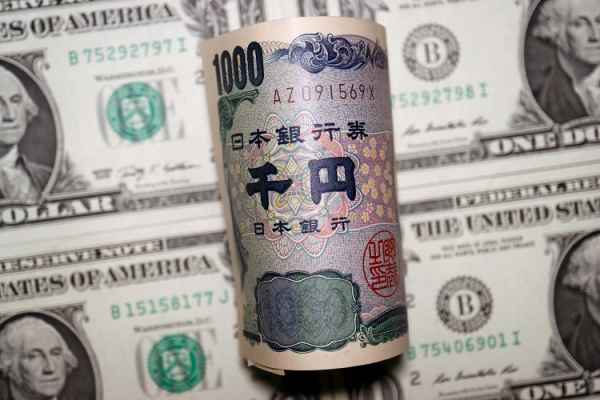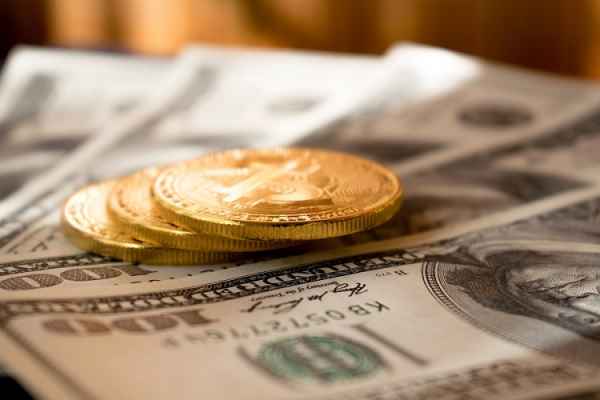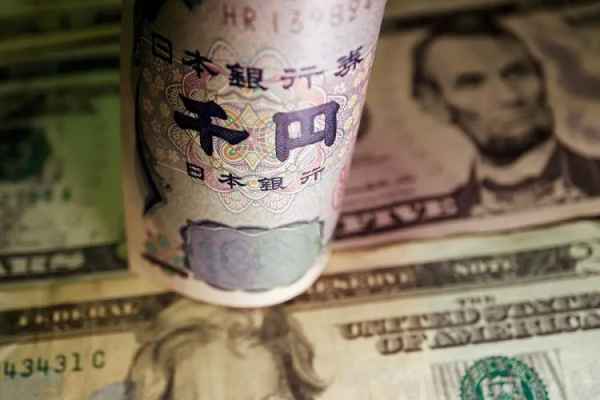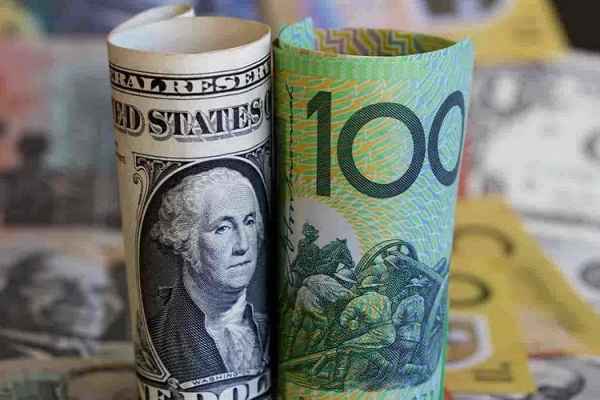Experts believe that Canada's inflation trend will continue to decline, so the economy does not require further interest rate increases.
Yesterday's Canadian inflation report sounded dovish for next week's interest rate announcement. As a result, USD/CAD strengthened and tested the 1.3700 threshold. The Canadian dollar also weakened against the euro, yen, and other major currencies.
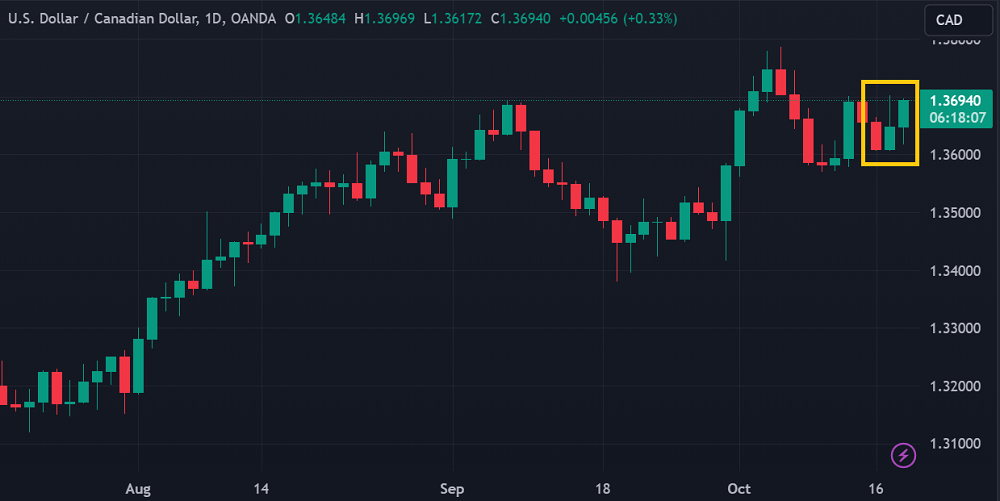
Statistics Canada reported that prices declined by -0.1% in September 2023. This figure represents a sharp decrease compared to the +0.4% increase in August, and it was also slower than the consensus estimate of +0.1%.
Unexpected deflation immediately dragged down the annual inflation rate from +4.0% to +3.8%. Previously, the consensus had expected it to remain stable at +4.0%.
Experts believe the inflation trend will continue to decline in the following period. Therefore, the Bank of Canada (BoC) does not need to raise interest rates further.
Andrew Grantham, an economist at the Canadian Imperial Bank of Commerce (CIBC), suggested that given the economic slowdown in the second and third quarters, the decrease in the demand surplus implies that inflation is expected to continue declining in the coming quarters without the necessity for additional interest rate hikes.
Marc Ercolao, an economist at TD Securities, concurred, stating that the market has significantly lowered their expectations regarding the possibility of an interest rate hike at the upcoming (BoC) meeting.
The BoC has scheduled its regular meeting and interest rate announcement for October 25, 2023. The majority of market participants currently expect the BoC to maintain the interest rate at 5.0% and not signal any further increases shortly.
This speculation is weighing on the Canadian dollar, supporting a continued rally for USD/CAD. Nevertheless, two fundamental scenarios could still support the Loonie in the future. First, the CAD could strengthen if oil prices rise significantly amid the Israel-Palestine conflict. Second, the CAD could push back against the USD if The Fed unexpectedly adopts a more dovish stance than market expectations.

 Dedicated FREE FOREX VPS
Dedicated FREE FOREX VPS Free FOREX Virtual Private Server
Free FOREX Virtual Private Server MT4 Demo Contest, Get $500
MT4 Demo Contest, Get $500 Sign Up for an Account, Claim 60% Deposit Bonus
Sign Up for an Account, Claim 60% Deposit Bonus Free MT4/MT5 VPS 2024
Free MT4/MT5 VPS 2024 Send E-mail and Get Free Merchandise
Send E-mail and Get Free Merchandise $1K Refer a Friend Bonus for Pepperstone Pro clients
$1K Refer a Friend Bonus for Pepperstone Pro clients Maximize Your Earnings with 100% Deposit bonus
Maximize Your Earnings with 100% Deposit bonus Trade to Win, $5,000 Monthly Demo Contest
Trade to Win, $5,000 Monthly Demo Contest Claim 30% + 15% Deposit Bonus from LiteFinance
Claim 30% + 15% Deposit Bonus from LiteFinance
